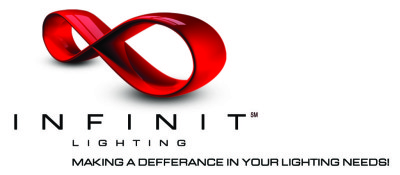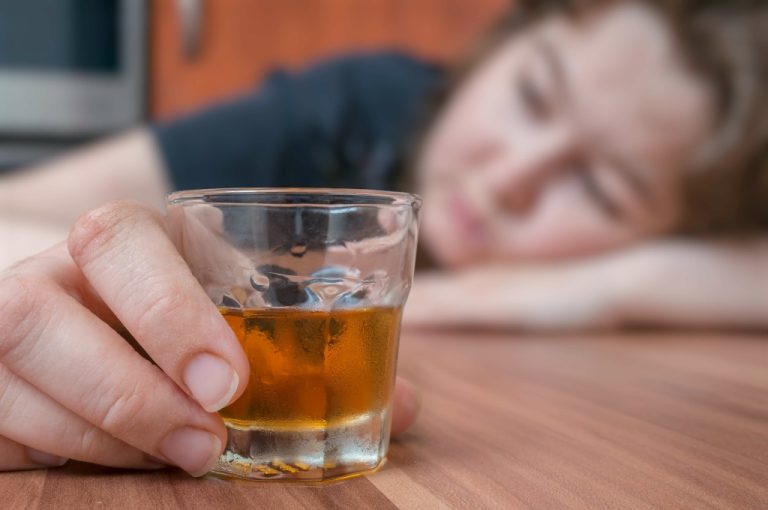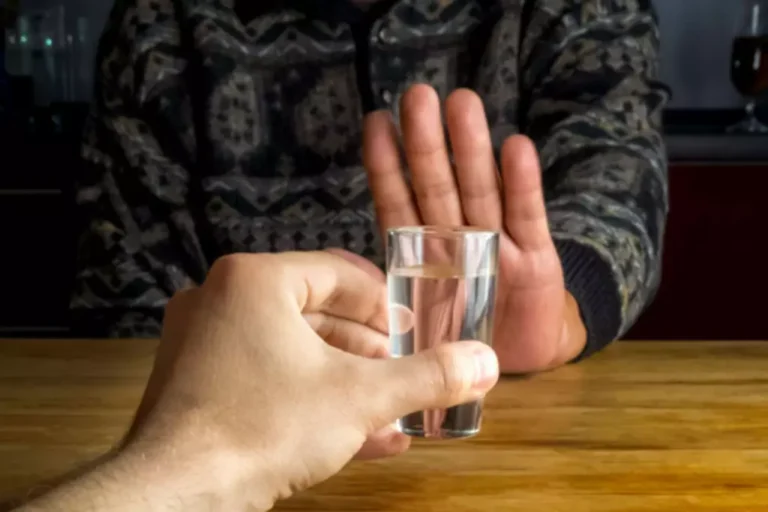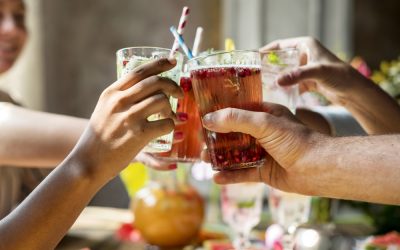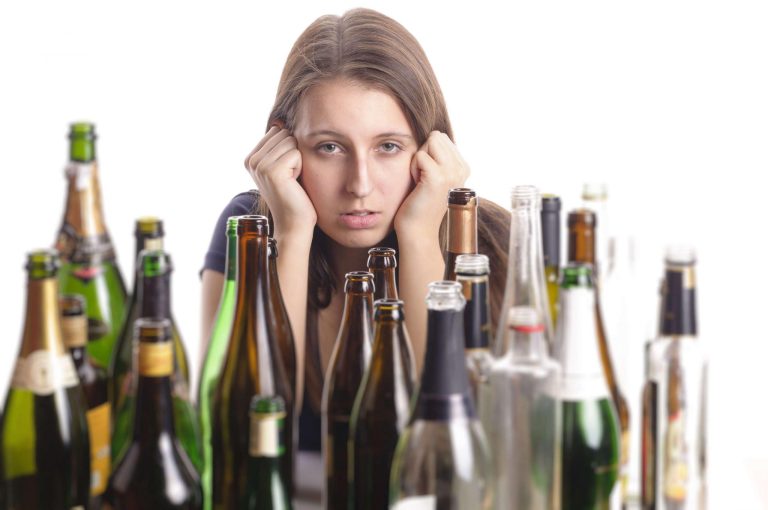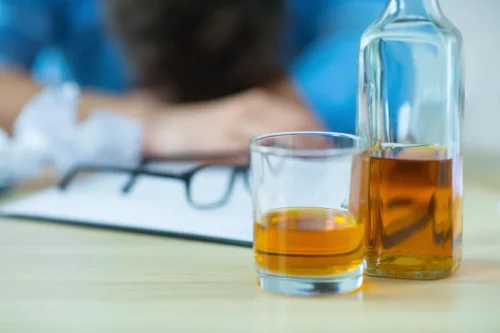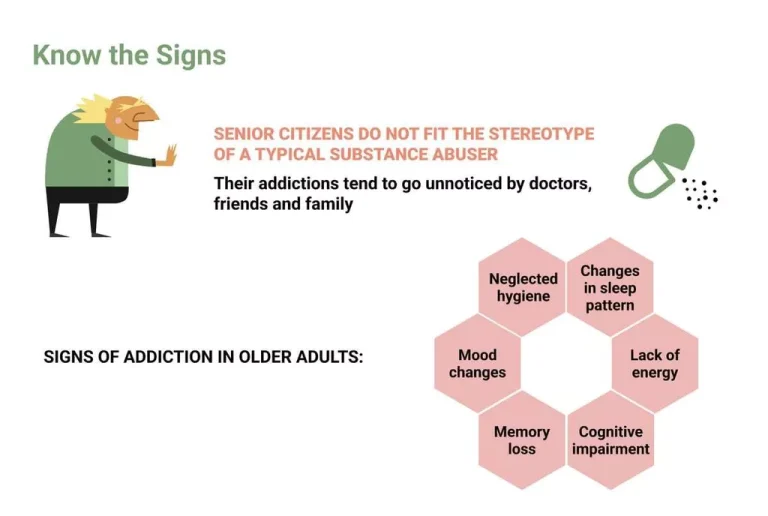Recent studies also are gaining traction identifying individual difference factors that moderate these emotional effects on alcohol. This work has largely been conducted using social drinkers and presumably offers insight into factors that may lead individuals to begin to develop often benign drinking habits. These person-level differences also may prove useful, however, in developing models to understand who is most likely to transition from a “normal” drinking habit to a drinking problem.
Substance Use Treatment
Other concerns with studies examining alcohol and positive emotion mirror limitations noted by Wilson when critiquing TRT research. To wit, many prior studies have neglected to include appropriate beverage control conditions to account for both the potential pharmacological and dosage-set effects of alcohol (for elaboration on dosage-set methods and findings, see Martin & Sayette, 1993). In addition, past studies have tended to rely too heavily on self-report measures of emotion, neglecting comprehensive, multimodal assessments. Applying advances in emotion and in psychophysiological research, these investigators argued that the term “tension”, with its historical baggage dating back to psychodynamic and drive-reduction models, be replaced with a pared-down term, which remains in use to this day.
Reasons Why It’s Never Too Late to Seek Treatment for AUD
Instead of drinking as a social activity, problem drinkers spend a lot of time drinking alone. They might turn to alcohol when they’re bored or lonely, and may even make it a point to make time in their schedule for drinking. The social drinking definition is someone who regularly drinks alcohol in a variety of social settings.
Increased Alcohol Consumption and Alcohol Problems
The study by Reingle and colleagues also shows that immigrants who arrive when they are younger than 14 and who live beyond the U.S.–Mexico border region have much higher rates of alcohol use than immigrants in the border region. This particular finding suggests that where immigrants live is another social context worth further investigation. Racial and ethnic minorities, especially those living in African-American communities, are likewise exposed to targeted alcohol beverage advertisements (Wilson and Till 2012). African Americans account for 13 percent of the U.S. population, but they purchase 67 percent of all malt liquor sold (Miller Brewing Company 2000). Malt liquor generally has higher alcohol content, is less expensive, and is sold in larger volumes than other beers and ales, and African Americans are exposed to more malt liquor advertisements than other groups. Billboards and other advertisements for malt liquor are disproportionately found in neighborhoods with higher percentages of African Americans, and rap music lyrics frequently mention malt liquor (Herd 2013; McKee et al. 2011).
- Many people with alcohol use disorder hesitate to get treatment because they don’t recognize that they have a problem.
- Alcoholics may have occasions where they drink in a low-risk manner, but they inevitably return to their alcoholic drinking patterns.
- As noted by Curtin and Lang (2007), there is a need to investigate the effects of alcohol on the various components of emotional responding, including “response threshold, peak intensity, duration, subsequent regulatory processes”) (p. 207).
As a graduate student, I was struck by his near encyclopedic grasp of the behavioral alcohol research literature and his incisive skills regarding experimental design. I was most inspired, though, by his willingness to allow the data to inform our positions, even in cases in which new results did not support the findings of his earlier studies. Studying the effects of alcohol on emotion crack withdrawal seems like a straightforward endeavor, as nearly everyone appears to believe that we drink to feel better. Yet regardless of whether the outcome is stress relief or enhancement of positive emotion, the laboratory has been reluctant to deliver the confirming data we have expected. It has long been out of favor to declare that alcohol directly and invariantly affects emotional states.
It covers initial drive-reduction accounts, followed by studies and conceptualizations that integrate social, emotional, and cognitive psychological concepts. Current research on positive affect and social bonding is summarized, and future research and clinical implications are addressed. Across the world, men consume more alcohol than women, and women in more developed countries drink more than women in developing countries (Rehm et al. 2009). (Binge drinking is defined here as the number what is ayahuasca of instances in the past 12 months that women drank 4 or more drinks and men drank 5 or more drinks within a 2-hour period.) Among racial and ethnic groups, Whites report the highest overall alcohol use among persons age 12 and over (57.4 percent). American Indian/Alaska Natives report the highest levels of binge drinking (30.2 percent), followed by Whites (23.9 percent), Hispanic/Latinos (23.2 percent), African Americans (20.6 percent), and Asians (12.7 percent) (SAMHSA 2013).
Emotional experiences are dynamic and require fine-grained temporal assessment that has been missing from the self-reported instruments typically found in alcohol studies (see Fleming et al., 2013; Levenson, 1987; Sayette et al., 2012a). As noted by Curtin and Lang (2007), there is a need to investigate the effects of alcohol on the various components of emotional responding, including “response threshold, peak intensity, duration, subsequent regulatory processes”) (p. 207). When incorporating social context into the research, the use of a dynamic multimodal approach to emotion assessment is especially warranted. Some of the most intriguing findings in our group formation project stemmed from fairly unobtrusive measures of facial expression, speech, and acoustic patterns (Fairbairn et al., 2015a, 2015b, 2013; Fairbairn & Sayette, 2013; Sayette et al., 2012a). Unfortunately, micro-analytic facial coding of such large, multimillion-frame databases using human coders is admittedly a prohibitive endeavor, which likely has discouraged this sort of measurement in the past.
Nonetheless, drinking steadily ticked back up, hitting pre-Prohibition levels in the early ’70s, then surging past them. Around that time, most states lowered their drinking age from 21 to 18 (to follow the change in voting age)—just as the Baby Boomers, the biggest generation to date, were hitting their prime drinking years. For an illustration drug confirm advanced cup 5 panel amp of what followed, I direct you to the film Dazed and Confused. Right now we are lurching into another of our periodic crises over drinking, and both tendencies are on display at once. Since the turn of the millennium, alcohol consumption has risen steadily, in a reversal of its long decline throughout the 1980s and ’90s.
Knowing the difference can help you evaluate your drinking and make changes before you develop an alcohol addiction. In fact, his team found that just six of the 107 studies they reviewed adequately dealt with these sources of bias – and none of these six found any reduction in risk with moderate drinking. Participants enrolled in the study through the university’s secure online study participation system, and data were collected using SurveyMonkey (). Scores on computerized and paper-and-pencil versions of self-report measures are highly correlated (Gwaltney, Shields, & Shiffman, 2008).
Yeast are naturally resistant to alcohol, but even the hardiest yeast cannot tolerate much more than 16% ABV (alcohol by volume). In practice, and for most of history, the beers and wines we have had at our disposal have been much weaker than this, with most beers, for instance, hovering around 2-3% ABV. The alcohol-tolerance of yeast has historically set an upper bound on the potency of brew available to us. Addiction Resource is an educational platform for sharing and disseminating information about addiction and substance abuse recovery centers. Addiction Resource is not a healthcare provider, nor does it claim to offer sound medical advice to anyone. Addiction Resource does not favor or support any specific recovery center, nor do we claim to ensure the quality, validity, or effectiveness of any particular treatment center.
Rather than ruling out the possibility that alcohol ingestion (e.g., at more moderate doses) could affect anxiety, these studies were pivotal for underscoring the position that comprehensive accounts of drinking ought to account for more than simply pharmacological effects of ethanol consumption. More recently, there has been interest in integrating pharmacological and expectancy factors. For instance, tension-reducing expectancies are more likely to be endorsed while blood alcohol levels are at peak than while they are dropping (Kushner et al., 2000). In place of electric shock, Wilson adopted a social evaluation paradigm developed by Borkovec, Stone, O’Brien, and Kaloupek (1974). These investigators instructed male participants to make a favorable impression on an unresponsive female confederate. Participants were informed that the interaction would be videotaped and rated by experts on a variety of psychological characteristics.
Specifically, the article describes how social and cultural contexts influence alcohol use/misuse and then explores future directions for alcohol research. A social drinker is someone who consumes alcoholic beverages occasionally and in moderation, typically in social settings and for the primary purpose of socializing, relaxation, or enjoyment. Social drinkers are able to control their alcohol consumption and do not exhibit problematic or compulsive drinking behaviors. The context in which drinking occurs is a critical but relatively understudied factor in alcohol use disorder (AUD) etiology. In this article, I offer a social-contextual framework for examining AUD risk by reviewing studies on the unique antecedents and deleterious consequences of social versus solitary alcohol use in adolescents and young adults. Specifically, I provide evidence of distinct emotion regulatory functions across settings, with social drinking linked to enhancing positive emotions and social experiences and solitary drinking linked to coping with negative emotions.
One of the challenging aspects of trying not to drink is being able to say “no” if a drink is offered. On the surface of things this doesn’t seem very hard, but many people have trouble with this. Once you say no you may draw attention to yourself and feel like you have to explain yourself. Your friends or family may not expect you to say no so it might seem odd all of a sudden that you are refusing a drink. Some people also might worry that saying no will make others judge them or will make them appear like a party-pooper or downer. Whatever the fear or concern might be, it helps to practice what you are actually going to say, and how you might respond to any follow up questions your refusal might bring about.
